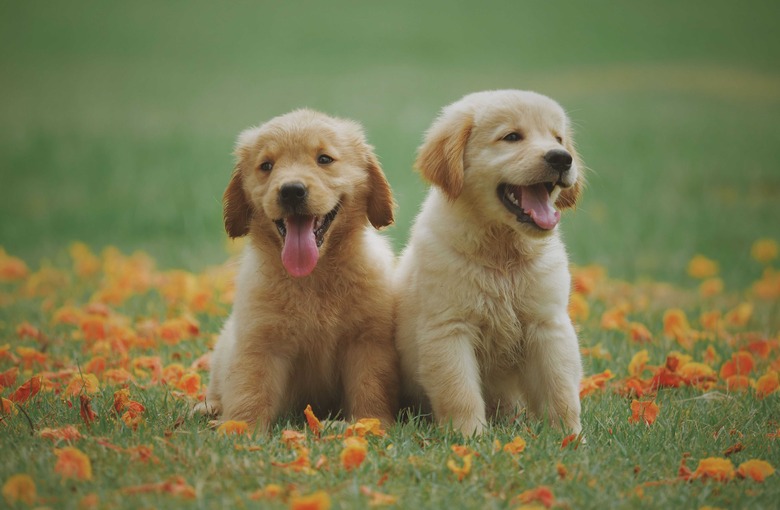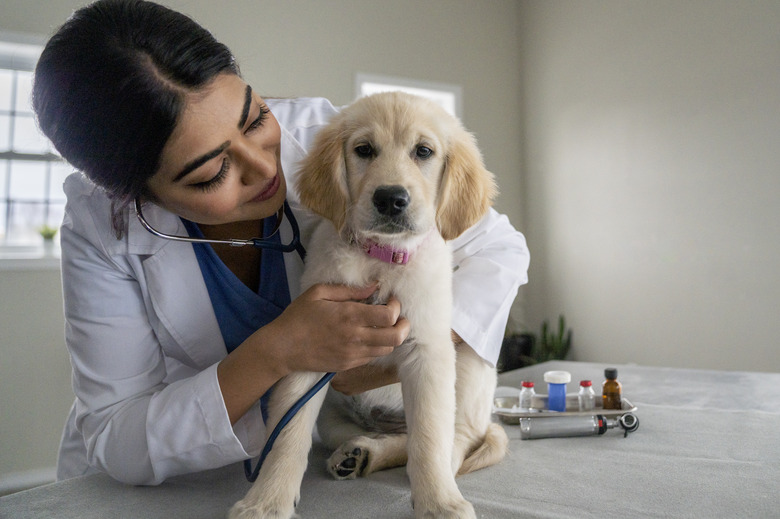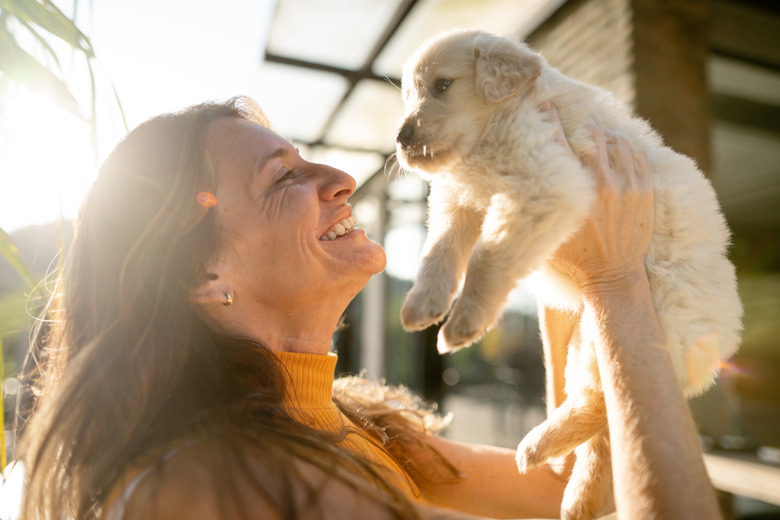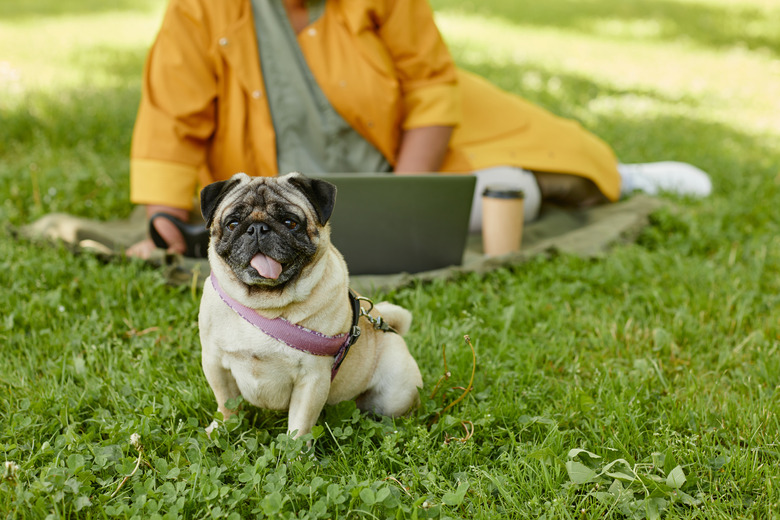How Often Do Dogs Need The Parvo Vaccine?
Canine parvovirus, or parvo, is a highly contagious disease that impacts the intestinal tract and stomach of dogs. Parvo virus generally infects the small intestine where it hampers absorption of nutrients, impedes the barriers of the intestine, and destroys cells. In puppies, parvo can cause severe damage to the immune system and heart and can result in death.
What is parvo?
What is parvo?
Parvo is a viral disease caused by the canine parvovirus. It is sometimes called CPV, but most often just parvo. The disease is spread both directly by contact with another dog who is infected, through infected feces, as well as by indirect contact with objects that have been contaminated with the virus such as shared water bowls, unwashed hands, or toys. The virus can survive in the environment for more than 6 months at room temperature and can be difficult to remove without broad spectrum disinfectants.
Puppies ages six weeks to six months are the most high-risk age for parvo. While parvo is considered a gastrointestinal disease, in puppies it can affect other body systems. Parvo in puppies also affects the bone marrow and sometimes the heart.
There is no specific medicine to kill the parvo virus. When treatment is started early, the infected dogs can sometimes battle the infection and recover. Many times though, the survival rate is low, even with treatment. Survival rate may only be 9% without treatment, but the survival rate can be 60 to 90% with treatment.
History of parvovirus
History of parvovirus
Both cats and dogs can get parvo. The cat version of parvo is among the oldest of the known feline viruses. The version of the virus first affected cats, then in the 1970s it mutated and became able to affect dogs. This virus is now referred to as canine parvovirus type 2 (CPV-2). It is called type 2 because it is now different than the first identified canine parvovirus. CPV-2 has since mutated into three strains that can be observed in different geographic areas.
What is the parvo shot?
What is the parvo shot?
There are two types of parvo vaccines. One is a modified live virus (MLV), and the other is an inactivated (killed) vaccine. Commercially available vaccines will protect against all three of the CPV-2 strains. It is common for the parvo shot to be combined with a shot for distemper.
This vaccine is considered a core vaccine, meaning veterinarians recommend that all dogs receive it as part of a wellness routine.
Can you give a dog a parvo shot at home?
Can you give a dog a parvo shot at home?
No, you should not give a dog a parvo shot at home. In order to be effective, a vaccine must be properly stored at the proper temperature. Improper storage or handling can mean the vaccine won't work. There is no way to guarantee that vaccines bought over the counter or purchased by mail have been stored and handled properly, so they can't be sure to work.
Other reasons why you shouldn't try to vaccinate your dog at home include that most people have not been trained on how to give injections. Furthermore, disposing of the syringe in the trash is illegal in many states. All in all, vaccinations are best left to the professional with DVM credentials after their name.
When do dogs get parvo shots?
When do dogs get parvo shots?
The exact timing of vaccination shots for parvo are best determined by your puppy's veterinarian as many vets have their own guidelines for the timing. Puppies can receive their parvo vaccines at approximately 6, 8, and 12 weeks old. They are not protected against the disease until they have had all three shots.
After that, your puppy will receive a booster vaccine every 3 to 4 weeks until they've reached either 3 or 4 total shots as determined by your vet. After age 1, your veterinarian will give your dog the parvo vaccine once every 3 years for the rest of their life. Adult dogs getting parvo virus is very rare because the vaccines they received as a puppy and young adult work very well to prevent this serious disease. It's important to note that while a stand-alone vaccine for parvo vaccine for dogs does exist, and may be your vet's choice, it's most often given in a combination vaccine that protects against other canine diseases as well.
Why do puppies need a parvo vaccine series?
Why do puppies need a parvo vaccine series?
The reason puppies need to follow the parvo vaccination schedule has to do with their immune system. Like most mammals, puppies are born with a certain amount of immunity to disease that's passed on by their mothers. These antibodies are also present in their mother's milk when they nurse. But as a puppy grows and is weaned, it begins developing an immune system of its own and these antibodies begin to disappear.
While the maternal antibodies exist, they prevent the parvo vaccine from eliciting the immune response that is necessary to provide protection from parvovirus. However, when these antibodies disappear is a bit of a mystery and can differ substantially from puppy to puppy. Therefore, shots for parvo are given in a series with the aim that at least one will be given after the antibodies have disappeared but before there is an exposure to the virus.
Avoid taking young puppies to dog parks, puppy classes, or socializing them with unvaccinated dogs. Once your puppy has received the full puppy vaccination series (for other diseases, not just parvo), they can begin socializing with vaccinated dogs.
How is the vaccine for parvo given?
How is the vaccine for parvo given?
The parvo vaccine for dogs, like many vaccines, is given subcutaneously. That means underneath the puppy's skin. Your vet will gently pull your puppy's loose skin slightly away from the body and administer the shot there. There are also some parvo shots that are administered directly into a muscle. Most dogs don't seem to feel much more than an uncomfortable pinch that disappears quickly.
What are the common side effects for the vaccine for parvo?
What are the common side effects for the vaccine for parvo?
Most puppies won't experience much discomfort at all after their vaccination. However, according to the American Veterinary Medical Association, about 2 hours after vaccination, your puppy might experience some swelling at the injection site, mild fever, or a decrease in appetite.
Some other common side effects could include vomiting, diarrhea, lethargy, or hives. If symptoms persist for more than 24 hours or are severe, contact your veterinarian immediately.
Small-breed dogs weighing less than 9 pounds are more likely to have a vaccine reaction than large dogs. One study found that dachshunds, pugs, Boston terriers, miniature pinschers, and Chihuahuas were at highest risk for an adverse reaction.
Clinical signs of parvo
Clinical signs of parvo
Dogs with parvovirus often die within 48 to 72 hours after you might start seeing the first clinical signs of the disease. This is why vaccination and vigilance to avoid dogs with the viral infection is so important. Look for these symptoms of parvo:
- loss of appetite
- abdominal pain
- bloating
- a change to body temperature of either fever or low body temperature
- vomiting
- bloody diarrhea
Dog owners who see any of these signs in a puppy or an adult dog should seek veterinary care immediately.
The bottom line
The bottom line
Parvo is a fast-spreading deadly disease that can be prevented by giving your dog the canine parvovirus vaccine. Your puppy will need to receive at least 3 to 4 doses of the parvo vaccine for the vaccine to be effective. This series of parvo vaccine for dogs will generally begin around 6 to 8 weeks of age and conclude around 4 months of age. After the initial parvo vaccine series, your vet will likely suggest a booster shot at 1 year of age and then every 3 years the rest of their life.



